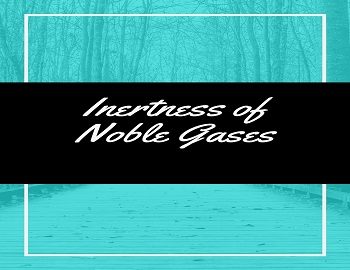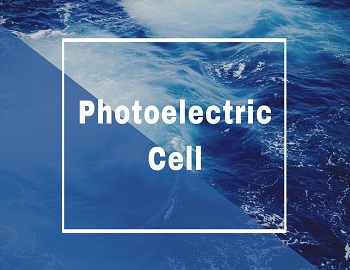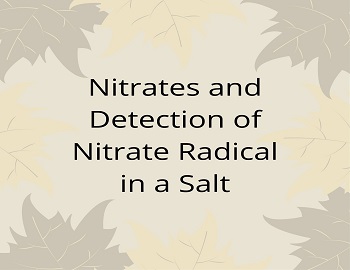Inertness of Noble Gases:
The combining capacity of atoms of elements to form molecules is known as valency. Different elements have different combining capacities. For instance, chlorine combines with one atom of hydrogen to form HCl; oxygen combines with two atoms of hydrogen to form H2O and nitrogen combines three atoms of hydrogen to form NH3 etc. With respect to hydrogen, the combining capacities of chlorine, oxygen and nitrogen are 1, 2 and 3, respectively. Thus, valency may be defined as the number of hydrogen atoms which can combine with one atom of the element.
The element next to hydrogen is helium. It does not form diatomic He2 molecules like hydrogen nor does it exhibit any tendency to combine with other elements involving chemical bonds. As a matter of fact, this is a characteristic property of a group of elements such as helium, neon, argon, krypton and xenon which are usually referred to as inert or noble gases or elements of zero group.The inert gases are known to exist in atomic state only.
Kossel and Lewis suggested (1916) the inertness of noble gases due to the stable electronic configuration of their atoms. The outermost shells in each atom of gas have eight electrons (with the exception of helium which has only two electrons). The electronic configuration of these elements is indicated in the table as under-
| Gas | Atomic Number | K | L | M | N | O | P |
| He | 2 | 2 | |||||
| Ne | 10 | 2 | 8 | ||||
| Ar | 18 | 2 | 8 | 8 | |||
| Kr | 36 | 2 | 8 | 18 | 8 | ||
| Xe | 54 | 2 | 8 | 18 | 18 | 8 | |
| Rn | 86 | 2 | 8 | 18 | 32 | 18 | 8 |
The inactivity or reluctance to undergo chemical combinations by the noble gases is entirely due to their saturated outermost shells.









Comments (No)